
Guide to Breiðamerkurjökull Glacier
Breiðamerkurjökull
Breiðamerkurjökull, situated in the southeastern part of Iceland, stands as a formidable tongue of the expansive Vatnajökull glacier, Europe's largest ice cap by volume. This glacial giant, part of the Vatnajökull National Park, not only captivates tourists with its breathtaking ice caves but also serves as a crucial scientific site for glaciologists and researchers studying the dynamic processes of glaciers and their response to climate change.
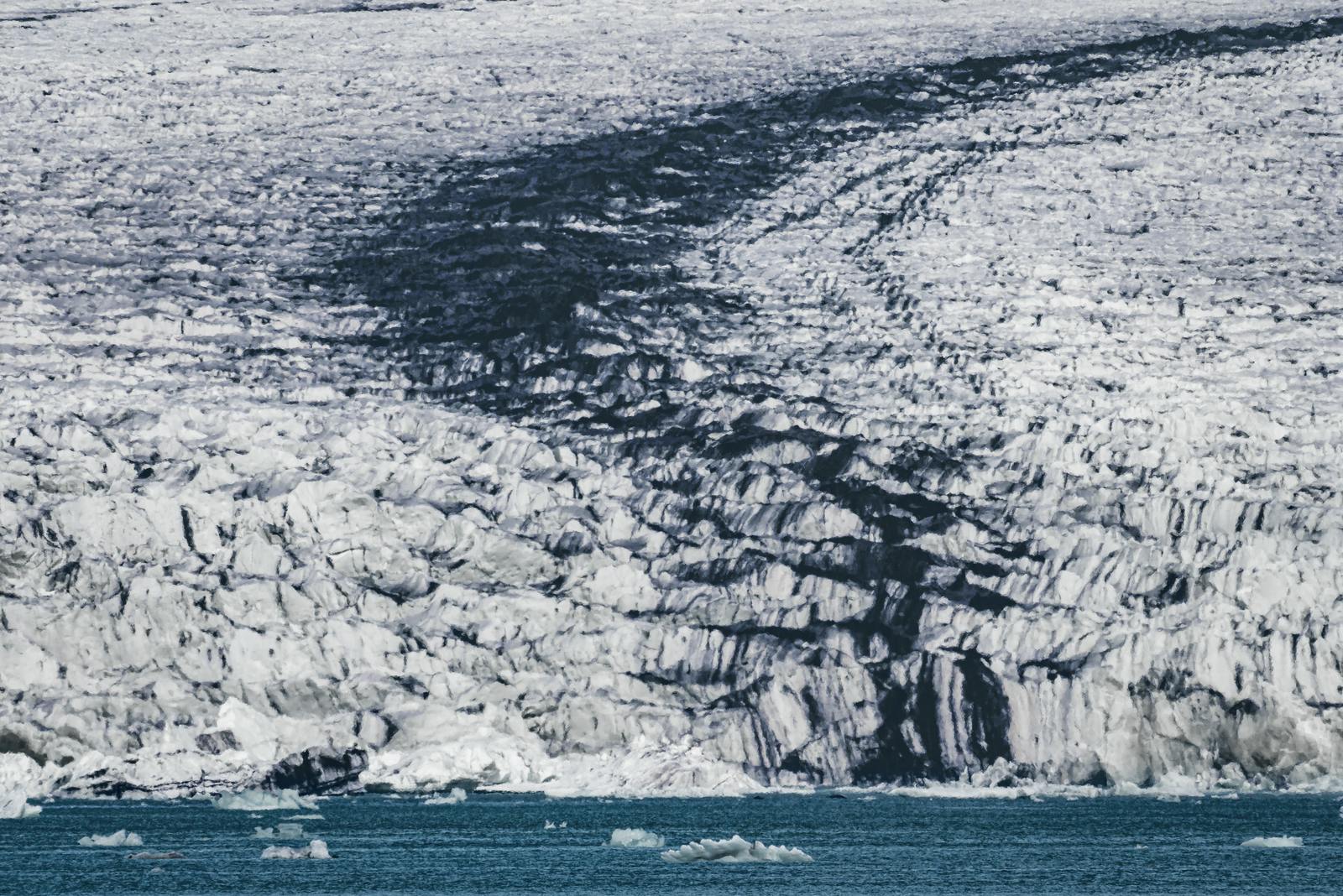
The glacier Breiðamerkurjökull covers over 500 square kilometres (310 square miles), and has carved out a large deep valley that goes down to 300 metres (984 feet) below sea level. It is the largest tongue, with a total of 35, coming off Vatnajökull. Breiðamerkurjökull is located approximately 380 kilometres (236 miles) from Reykjavík. The drive would take about 5 hours, depending on the driving conditions and possible stops on the way.
Over the past five decades, the glacier has significantly retreated. However, in earlier times, the glacier was advancing, destroying several farms in the area. The last farm to be affected by the glacier was in the year 1702; it had the name Breiðamörk. The glacier is now named Breiðamerkurjökull after this particular farm.
What Does Breiðamerkurjökull Mean?
In Icelandic, "Breiðamerkurjökull" translates to "wide, woodland glacier," and "Jökulsárlón" means "glacier river lagoon." Breaking down Icelandic words reveals emerging patterns; for instance, the term "jökull" is commonly used for glaciers and some volcanoes situated beneath them.
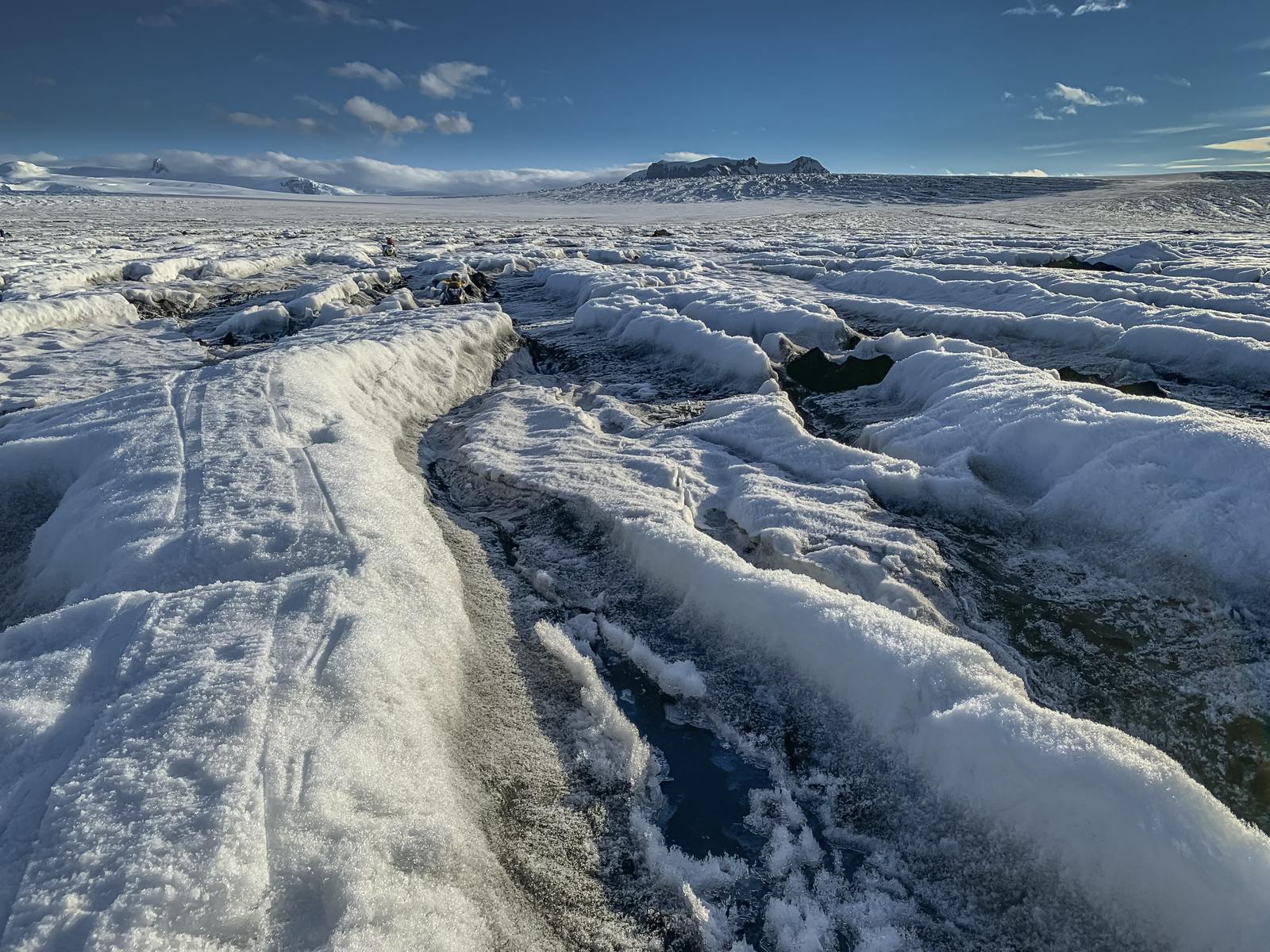
Pronouncing Icelandic words can be a bit challenging due to the unique phonetic qualities of the language. If you are willing to give this long word a try, here is the approximate pronunciation: "BREY-tha-mer-kur-yuh-kuht."
Experience Glaciers, Ice Caves and Icelandic Nature in Reykjavík
At Perlan Museum in Reykjavík, you have a unique opportunity to observe a real ice cave in a safe and secure environment. The ice cave is the first of its kind in the world. It is 100 metres long and made from over 350 tons of snow from Icelandic mountains.
Combine your ice cave visit with a tour through the Glaciers Exhibit to learn more about glaciers' importance for the environment. Learn how they contribute to the country and island, as well as how they help regulate the island's climate.
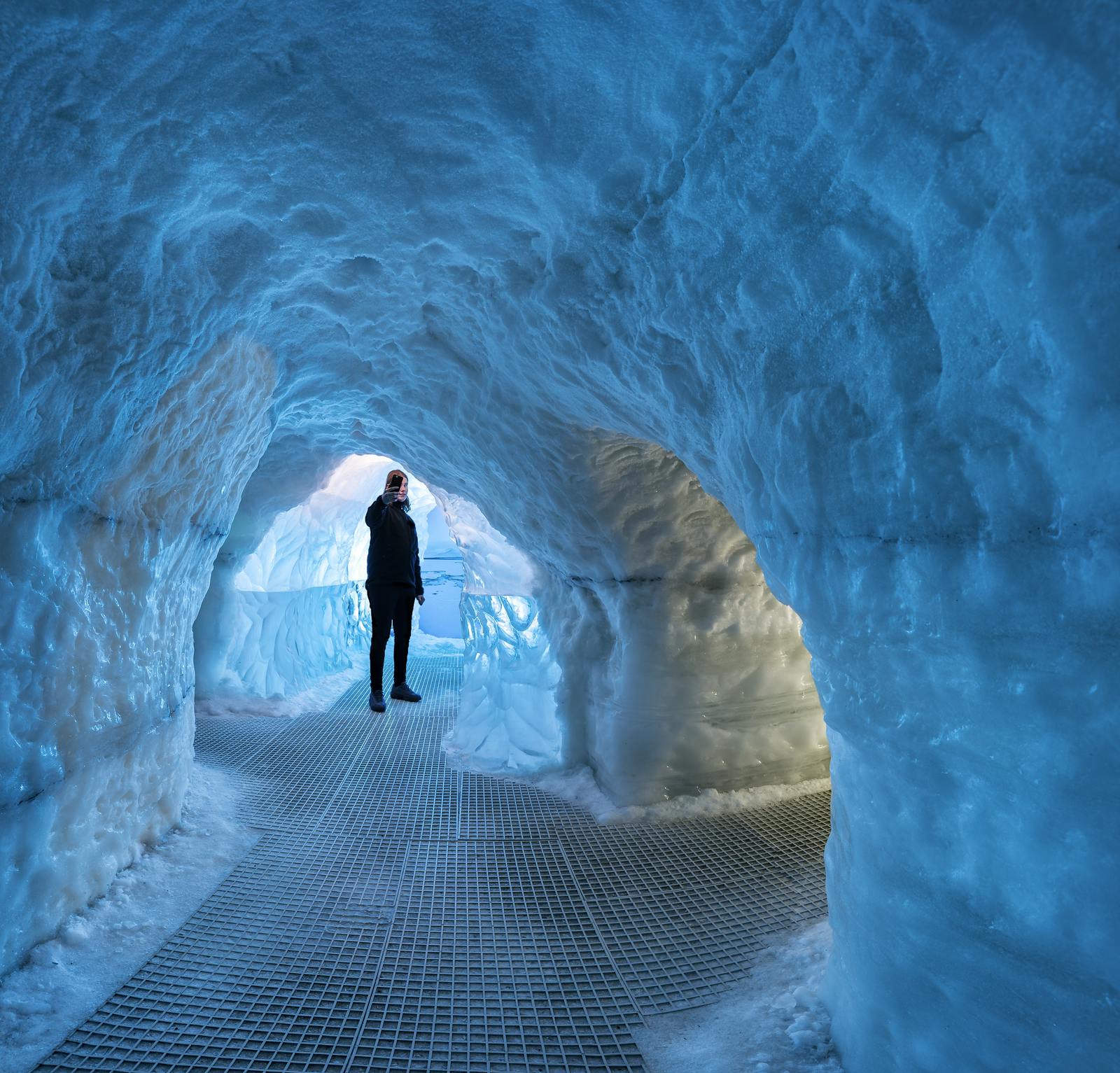
The Formation of Jökulsárlón Lagoon
One of the most captivating features of Breiðamerkurjökull is the birth of Jökulsárlón, a stunning glacier lagoon created by the glacier's retreat. At the end of the Little Ice Age in the late 19th century, the glacier reached its maximum and terminated only 200-300 m from the sea shore. Then it started retreating. Over the years, as the glacier has receded, it has left behind a mesmerising landscape of floating icebergs and crystal-clear waters. This natural wonder, characterised by its floating icebergs and glacial waters, tells a story of geological transformation and ecological richness that has captured the imaginations of scientists, photographers, and nature enthusiasts alike.
Birth of the Lagoon
Jökulsárlón Lagoon began to take shape as the retreating glacier carved out a depression in the landscape. The melting ice, coupled with the region's natural topography, created a basin that became a receptacle for meltwater and icebergs calving from the glacier. This process unfolded over decades, culminating in the formation of a picturesque lagoon that now spans a considerable area.
The lagoon's creation represents a delicate equilibrium between the forces of nature—a dance of ice and water that transforms the glacial landscape into a haven of breathtaking beauty. The icebergs, detached from the glacier's terminus, float gracefully in the lagoon, showcasing a myriad of shapes and sizes, each a unique sculpture crafted by the natural forces at play.
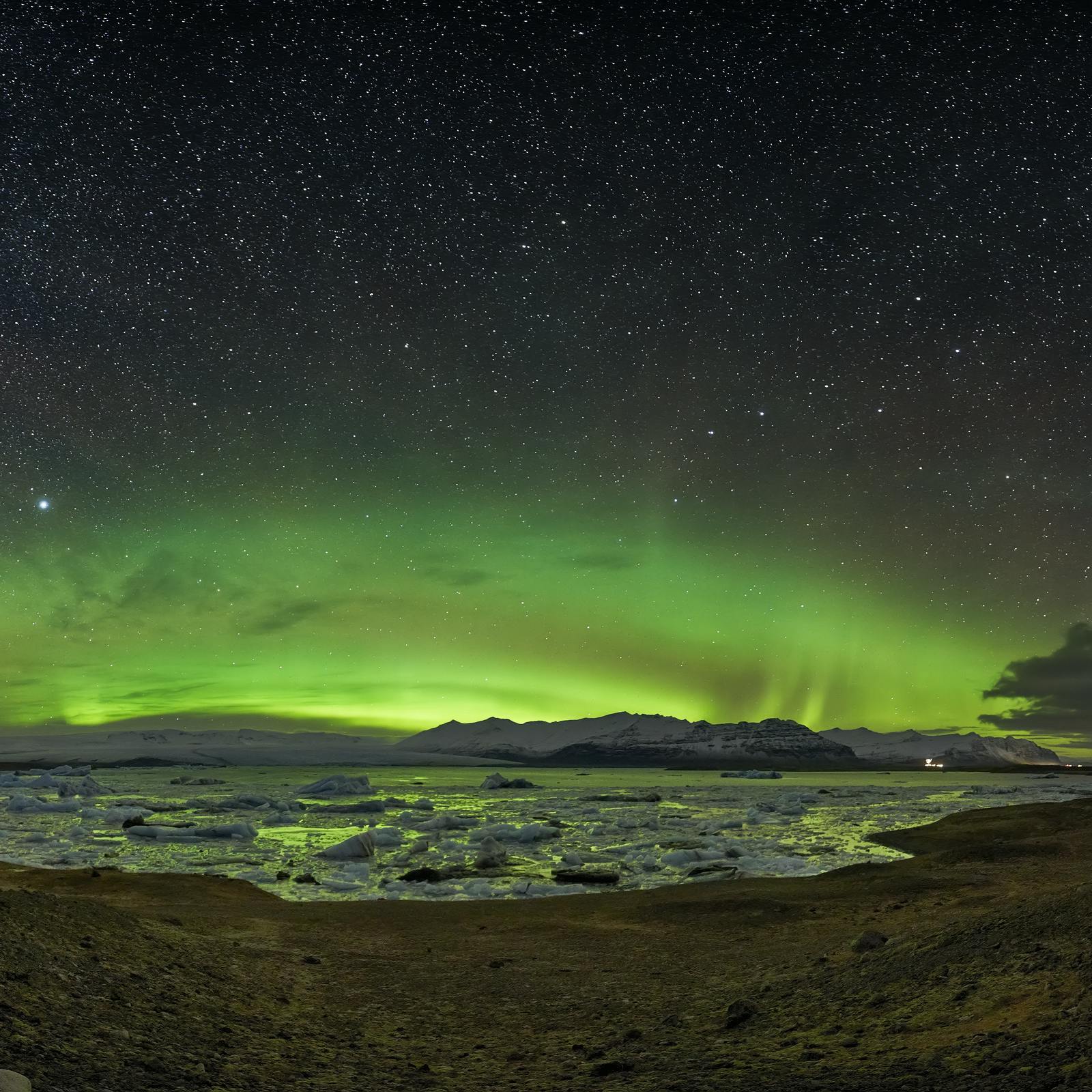
Wildlife in Jökulsárlón
The ecological significance of Jökulsárlón extends beyond its captivating aesthetics. The lagoon, with its nutrient-rich waters and icebergs providing platforms for resting and birthing, has become a haven for wildlife. Seals, in particular, find refuge on the floating ice, using it as a sanctuary for basking and giving birth. The juxtaposition of these marine mammals against the glacial backdrop creates a harmonious coexistence of life in an otherwise inhospitable environment.
Seabirds, too, have found a habitat in the vicinity of Jökulsárlón. The shores become nesting grounds for various species, adding to the biodiversity of the region. The interconnectedness of ice, water, and wildlife transforms the lagoon into a dynamic and thriving ecosystem, contributing to the rich tapestry of life in southeastern Iceland.
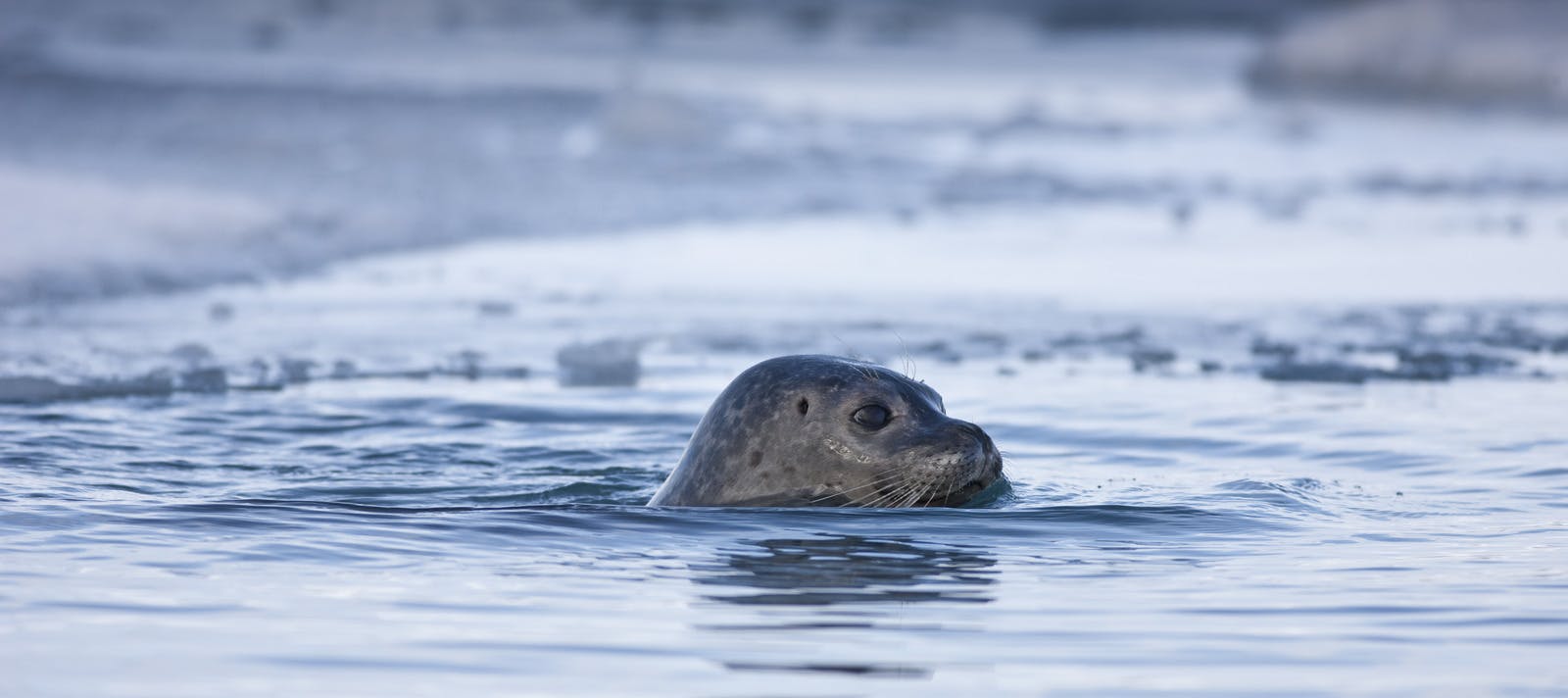
Climate Change and Breiðamerkurjökull
Breiðamerkurjökull, like many glaciers, is experiencing the effects of global warming. The primary driver of glacial retreat is the increase in average global temperatures, leading to a shift in the delicate balance between ice accumulation and ablation. As temperatures rise, the glacier loses more mass through melting and calving than it gains through snow accumulation, resulting in a net negative mass balance.
Scientific studies and observations over recent decades have documented the retreat of Breiðamerkurjökull. The glacier's terminus has steadily withdrawn, leaving behind a landscape marked by glacial moraines and revealing the stark impact of climate change on Iceland's icy realms.
The Breiðamerkurjökull Ice Cave
Ice caves are ephemeral formations that emerge within glaciers as a result of the interplay between glacial ice, meltwater, and atmospheric conditions. Breiðamerkurjökull, being a dynamic glacier subject to seasonal melting and freezing, provides an ideal environment for the creation of these transient subglacial structures.
The process begins with meltwater, derived from the seasonal thawing of the glacier's surface during warmer months. As this liquid water percolates through the glacier, it seeks paths of least resistance within the ice, gradually carving out subglacial channels and cavities. Over time, these channels can expand and coalesce, forming the intricate network of passages that characterise ice caves.
The Breiðamerkurjökull Ice Cave, like many ice caves, is a transient marvel, evolving and reshaping with the ebb and flow of glacial dynamics. Seasonal variations in temperature and meltwater influx play a pivotal role in the life cycle of ice caves. During the colder winter months, the cave may experience freezing and stabilisation, preserving its structure. In contrast, warmer seasons may see increased meltwater flow, leading to alterations in the cave's form and potential collapse of sections.
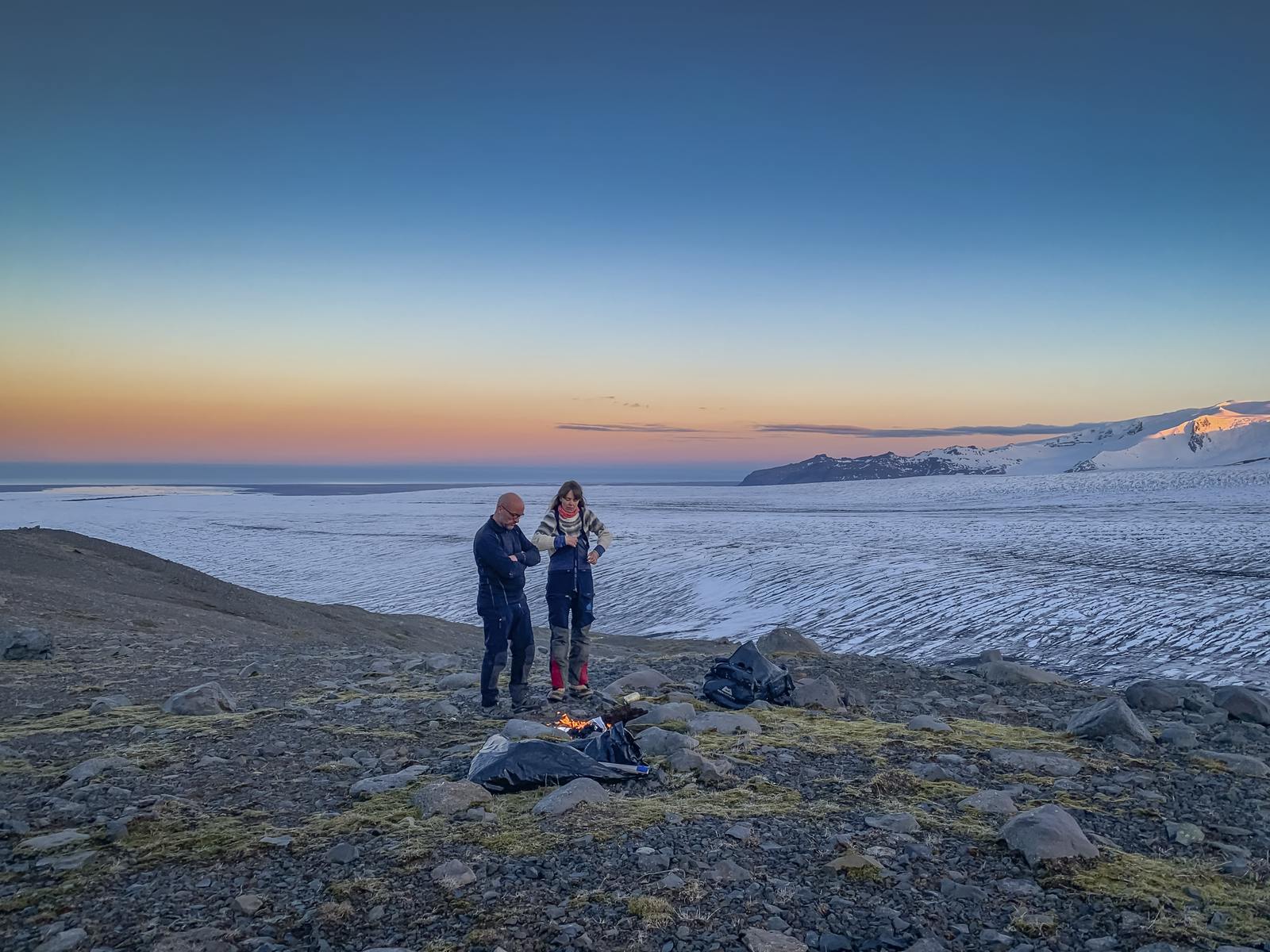
Breiðamerkurjökull FAQ
How Big is Breiðamerkurjökull?
The Breiðamerkurjökull Glacier covers over 500 square kilometres (310 square miles).
Where is Breiðamerkurjökull?
Breiðamerkurjökull is situated in the Vatnajökull National Park in southeastern Iceland. It is part of the larger Vatnajökull glacier, which spans several municipalities, including Höfn in Hornafjörður and Skaftafell.
How to Pronounce Breiðamerkurjökull?
The pronunciation of Breiðamerkurjökull can be a bit challenging for non-Icelandic speakers. However, a rough approximation of the pronunciation is "bray-tha-mer-kur-yuh-kutl." The Icelandic language has unique sounds, so listening to native speakers or using pronunciation guides with audio can be helpful for more accurate pronunciation.
Is There an Ice Cave at Breiðamerkurjökull?
Yes, there are ice caves near Breiðamerkurjökull. The glacier's terminus reaches the Jökulsárlón glacier lagoon, and in the surrounding area, ice caves can form within the glacier during the winter months.
Popular articles
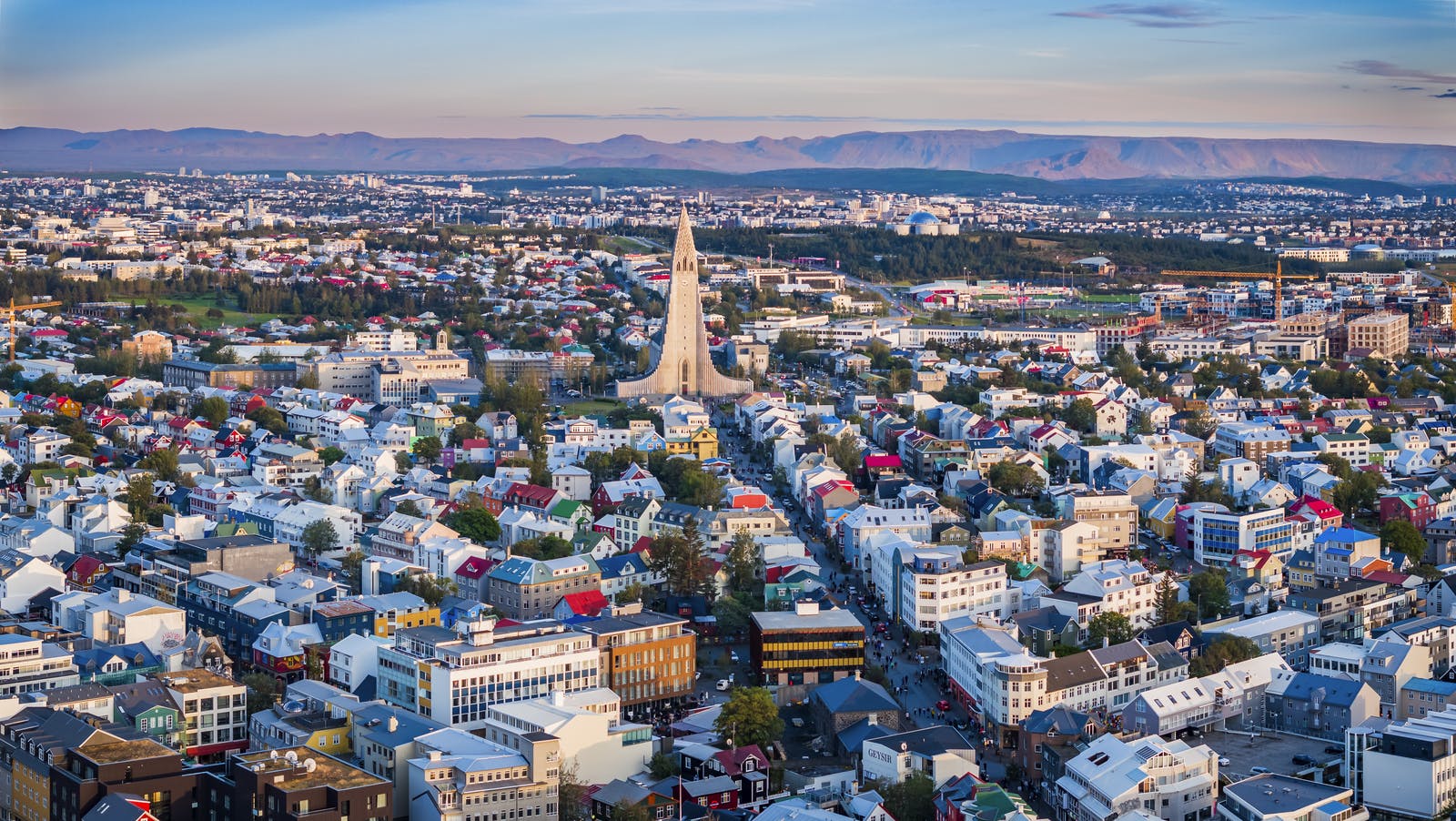
Things To Do In Reykjavík In June
Discover the best of Reykjavík in June: midnight sun adventures, vibrant festivals, and unique cultural experiences. Make your trip unforgettable!

The New Eruption May 29th 2024 near Reykjanes!
From rising magma at Svartsengi to an eruption on May 29th, 2024! See all updates of the volcanic activity on Iceland's Reykjanes Peninsula Sundhnúkur Crater Row.

Sundhnúkagígar Crater Row Volcanic Eruptions
The anticipated volcano has erupted in the Reykjanes Peninsula, the site is being called Sundhnúkagígar Crater Row. See the historic insights on the seismic activity and volcanic eruptions.

Earthquakes in Iceland
Earthquakes in Iceland are a fact of life. Each year, hundreds of small tremors shake the earth, a reminder of the country’s position on a tectonic plate boundary.

Volcano Museums and Exhibitions in Iceland
If you don't manage to visit an actively erupting volcano in Iceland - Experience its force at one of these excellent volcano museums and exhibitions in Iceland.

Top 10 Places To See the Northern Lights in Iceland
You can see the northern lights across the country, but some spots are more suitable than others. Find the best place to see the northern lights in Iceland.

Ice Caves From Reykjavik
Travel beyond the capital for a closer look at an ice cave under one of Iceland’s glaciers. If you can’t spare the time, experience Perlan’s ice cave in Reykjavik.